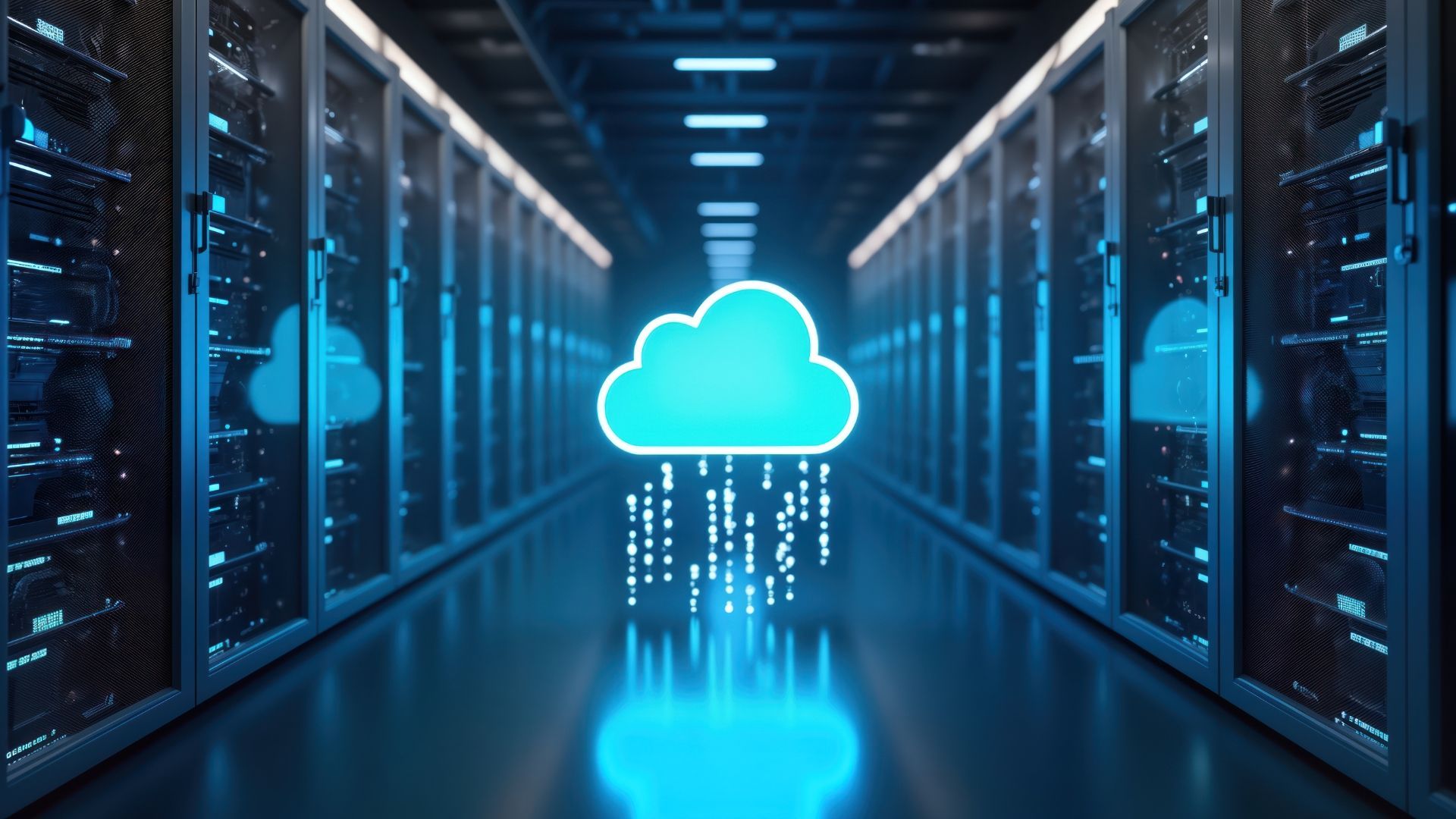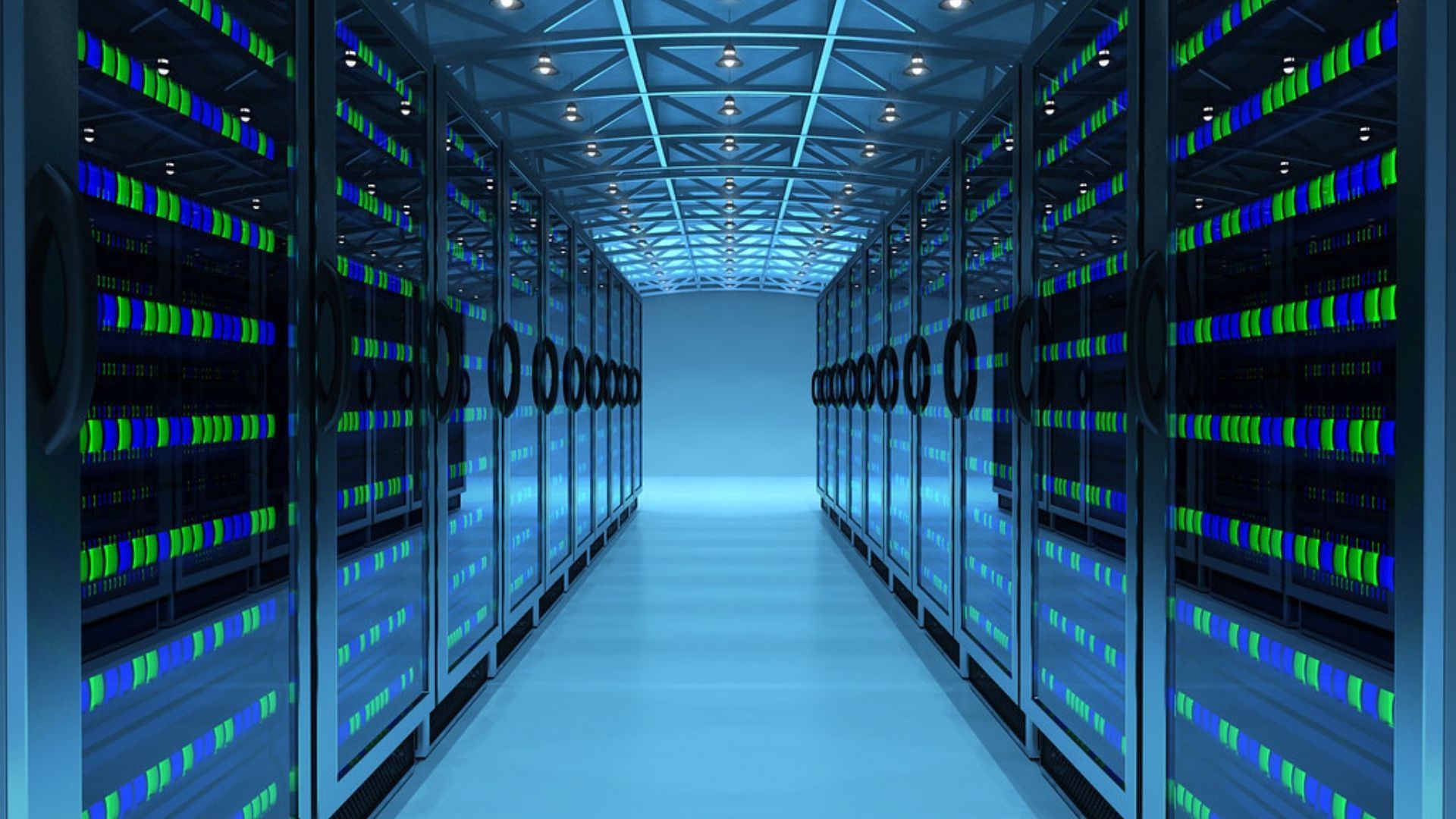Edge security explained
What is edge security? In this article, we explain what it is and how it can be implemented to create a secure remote working environment.
These days, it's not necessary to know the inside of a network to understand its boundaries. The reason for this is that both businesses and consumers are using new "outside-in" methods to access apps.
As the number of potential dangers increases, it's essential for organisations to have a perimeter security plan in place – one that's simple, versatile and easily integrated. Connectivity with no compromise to security is essential to remote work – and this requires updating and maintaining your edge security approach.
Computing security at the edge, or edge security, is concerned with the safety of data outside of traditional data centres. It's a kind of network security that protects people as well as sensitive data at the "edge", or most remote part, of a company's network.
Security threats have grown significantly with the proliferation of IoT gadgets, mobile devices and other network nodes. It's now more challenging than ever to keep data like customer records and medical records secure.
Does your company need to adapt to such changes? In this article, we look at how to implement an efficient edge security approach and create a secure remote working environment.
What is edge security?
The term "edge security" refers to a technology that protects data located on the edge of a corporate network. This indicates that information is either stored on or transferred via devices in locations other than centralised data centres.
Data centres that are centralised are physical entities that hold information, as well as applications. Once responsible for all of an organisation's IT needs, such facilities no longer play such a central role.
In the real world, this might look like a retail company setting up a data centre in their warehouse, which is also where their items are manufactured. The data that's kept on the edge of this network may have originated from the sales data that was recorded at one of their outlet shops.
Another example of this would be a corporation that develops applications. The app users are on the edge of the company's network.
What are the components of edge security?
Here are some of the essential components that make up effective edge security:
1. Edge security for endpoints
Edge computing devices may be sensors, security cameras, cash registers or routers that need quick local processing as part of the IoT.
Edge security is everywhere. The sudden transition to hybrid work patterns in response to the pandemic has created millions of remote offices and BYOD devices for IT organisations to handle.
Edge devices are small and exposed, and sometimes put utility and connection above security. Many lack a UI, which hinders IT visibility.
2. Cloud security to protect data at the edge
Cloud security is more vital than edge device security. The cloud remains the ideal destination for gathering and analysing data, but the amount of data created by internet-connected devices demands more processing. Edge computing pushes processing and storage closer to the source of data to control load, but data transfer from the edge to the cloud and back leaves it open to assaults.
As enterprises transfer cloud capabilities over the WAN to edge users, healthcare and finance must safeguard sensitive data with tight compliance standards. Cloud edge security emphasises encryption for local and in-transit data between both the networking core and edge computing devices.
3. Network-edge security to protect internet access
Users need to have direct internet connectivity in order to utilise cloud and SaaS apps as a result of the move to the network edge. This connection enhances the employee experience but raises the potential of malicious activities entering the corporate network.
Network-edge security makes the internet a trustworthy way to access company resources. This crucial component offers security measures to protect access without impacting performance.
Website filtering, anti-malware, intrusion prevention systems (IPS) and firewalls that allow or block traffic based on IP addresses are all examples of network-edge security solutions. They're often included in the organisation's software-defined wide area network (SD-WAN).How does edge security work?
When discussing the software that supports edge security, the phrase "VMware cloud-based edge security" is used as an umbrella term. The VMware Secure Access Service Edge (SASE) is a cloud-based security approach that offers WAN and security controls through a cloud service directly to end users, regardless of how near or remote they may be from the edge of the network.
Instead of using a traditional data centre, this is executed as a cloud computing service. With a variety of pre-set security settings that remain constant regardless of how a user connects to their corporate network, the goal is to ensure that all users, no matter where they are or what device they're using, have quick, easy and secure network access.
Benefits of edge security solutions
In certain cases, edge computing may reduce danger. Edge applications depend on low-end devices with few protections. Edge computing lowers the attack surface of applications by terminating network connections at the edge, rather than the cloud or data centre, and using more conventional encryption and access security protection.
Even in situations in which the edge supports laptops, desktops or smart applications that are powerful enough to have robust security capabilities, consolidating their traffic onto a single connection to a business VPN or data centre will increase the ability to monitor and regulate security.
By creating a barrier between local devices and the VPN or internet, the edge computing facility may help protect them from DoS assaults.
The most common edge security risks
A significant risk associated with edge computing is that the device must connect with the network, yet the network itself may not provide enough protection for the device.
When doing edge computing, the device itself must handle data management, which often involves handling sensitive information. The security of edge computing devices may not be as robust as that of the network as a whole. The network might be at risk if the integrity of the computer system is breached.
Combining logical and physical security measures is an effective strategy for mitigating edge security issues. To prevent unauthorised users or access, it's important to take physical precautions like locking down all devices and keeping only authorised workers in the loop about their whereabouts.
Some examples of logical safeguards include using encryption for both in-transit and at-rest data and establishing stringent authentication and authorisation rules.
Different cloud software platforms and services address edge aspects differently, making it easy to lose sight of the hazards. If edge devices are basic controllers, giving them secure cloud access might be tricky. Cloud-to-edge connectivity, access control and general security procedures must be evaluated.
All major public cloud providers provide solutions to extend cloud services on-premises, making the edge part of the cloud. Cloud security technologies may be available to aid with edge security, but it's tougher to integrate established tools and techniques inside cloud providers' edge frameworks.
Edge security best practices
- Increase perimeter safety by installing access control and monitoring systems.
- Manage setup and operation of the edge from a central location.
- Establish audit methods to manage modifications to the data and application hosting at the edge.
- Maximise the security of the connection between endpoints (devices/users) and the edge (facilities).
- Consider the edge as a component of the public cloud element of your business. The edge is a separate and distinct entity that has to be managed and protected using its own unique set of tools and procedures.
- Keep an eye on and record every action at the edge, with a focus on operational and configurational actions.
Ascend Cloud Solutions provides
managed cloud migrations and cloud consultancy services for enterprise businesses. Want to learn more? Please don't hesitate to
get in touch.












